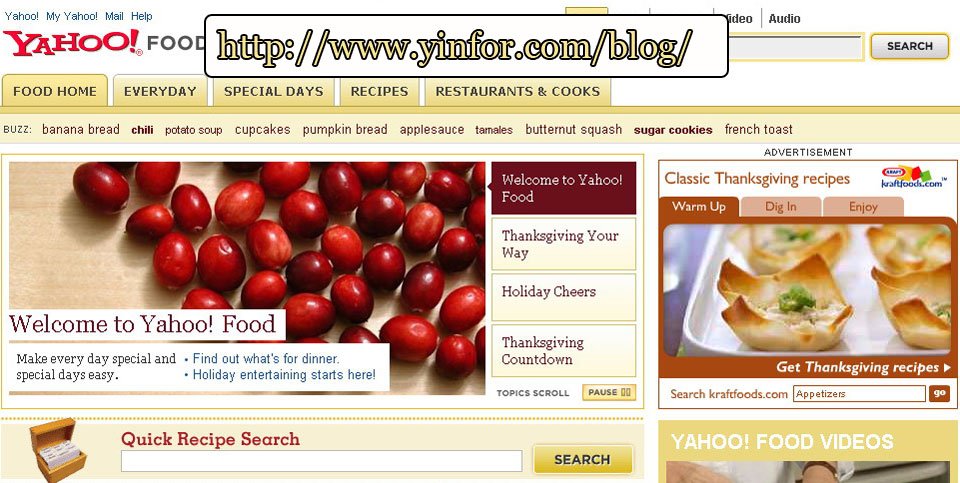You don’t have to spend a lot of money if you have diabetes. Once you have met with a Dietitian or Certified Diabetes Educator and developed a meal plan to fit your lifestyle, the plan can fit any budget. Everyone can benefit from this healthy way of eating, and there’s no need for special foods or individual meals. Here are some very important tips to help maximize nutritional value and minimize the hit on your grocery bill:
Know your budget and stick to it
Have a weekly menu that fits your plan and make a shopping list. Shop on a full stomach. 🙂
It will help you stick to your list. Use coupons only for items you are sure to use and be aware – end-of-aisle displays are not always bargains.
Buy in season and on sale
Fruit and veggies in season are cheaper. Freeze your own of buy frozen vegetables and fruits, they are often less expensive. yet their flavour and nutrients are as good as fresh.
Save on milk
Using skim milk powder or evaporated milk reconstituted in recipes that call for milk. Powered milk is cheaper and doesn’t need refrigeration. Freeze bags of milk for up to six weeks. Buy cheese in blocks and grate it yourself.
Buy in bulk
It is often cheaper – whole grains, dried beans and lentils, mil in bags, skim milk powder and yogurt in large tubs rather than cups. Buy a whole chicken rather than pieces. Cook in bulk an dfreeze in serving sizes.
Meatless meals
Made with canned or dried lentils, peas, and beans are high in protein and fiber, low in fat and cholesterol-free.
Remember to check their carbohydrate content and when using canned varieties choose ones low in sodium. Tofu, eggs, peanut butter and canned fish are also good low-cost options.
Bend and stretch
Check the top and bottom shelves. Eye-level displays often mean higher prices.
Pack lunch
At $5 a day, you can save over twelve hundred dollars a year if you pack your own lunch. Bring your own water bottle rather than grabbing a sugary beverage on the run. Keep a list of what you have in your fridge and freezer and use what you have on hand in your menus. Make use of leftovers – serve with a new twist to make them delicious.
Take advantage of unit pricing
so you can identify real bargains. Be sure to compare the cost per unit weight to figure out the most cost-effective purchase. Read the food label to check if you are getting the best deal on both nutrition and price.
vi Healthy Living of Kraft foods
